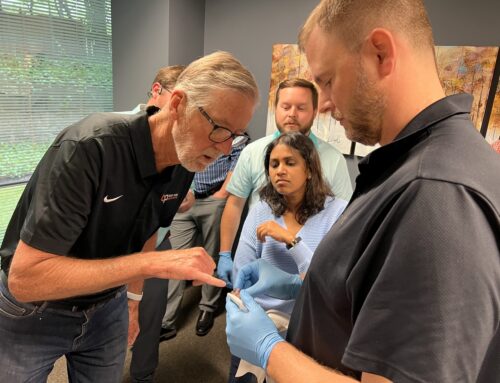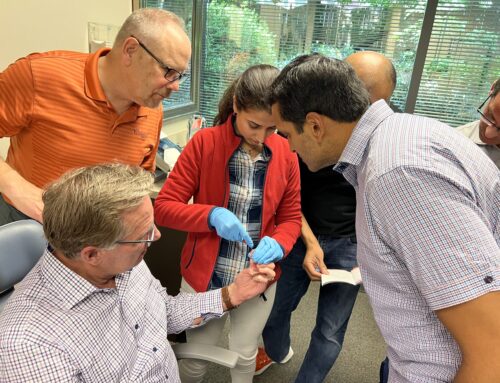 Did you know that dentistry not only saves teeth, but it saves lives too? I hope so. If you are reading this, you may already know that not only does your role as a Dentist save patients’ teeth, but it can potentially save lives as well! It’s a great role to be in and it continues to grow and advance every year—take advantage of that! Let’s take a closer look at how you can not only help save teeth, but potentially save lives, too.
Did you know that dentistry not only saves teeth, but it saves lives too? I hope so. If you are reading this, you may already know that not only does your role as a Dentist save patients’ teeth, but it can potentially save lives as well! It’s a great role to be in and it continues to grow and advance every year—take advantage of that! Let’s take a closer look at how you can not only help save teeth, but potentially save lives, too.
What do you mean?
As a dentist, not only can you help protect your patients’ teeth, but you can also help in the relation of sleep dentistry. One of the most serious health concerns in our society today is the presence of obstructive sleep apnea (OSA). The majority of patients with OSA have two main characteristics: loud snoring and excessive daytime sleepiness. While the diagnosis of OSA can only be made by a medical practitioner such as a sleep specialist or ENT specialist, you can still be the one to notice the first signs to recommend seeking diagnosis.
What are the facts?
Sleep apnea occurs when the tongue falls back and blocks the airway for 10 seconds or longer. Some patients may even stop breathing hundreds of times each night, which can be extremely detrimental to their overall health. Some facts that health care professionals need to be aware of include the co-morbidity correlations with obstructive sleep apnea:
- Hypertension
- Coronary heart disease
- Congestive heart failure
- Diabetes
- Erectile dysfunction
- Renal disease
- Fibromyalgia
- Nocturnal strokes
There appears to also be a high correlation between patients who have GERD (gastroesophageal reflex) and OSA. With so many conditions, it is important to understand OSA and how you can recognize signs and symptoms before your patient or their doctor might. The earlier OSA is recognized, the better equipped we are for treatment.
As a dentist, you hold a unique position because you see your patients twice a year. By understanding Obstructive Sleep Apnea and its symptoms, you may be able to recognize OSA in your patients before they do. By recognizing symptoms, you can recommend they visit their doctor for proper diagnosis. From there, you can provide your patients with effective treatment to potentially save their lives in the long run.





